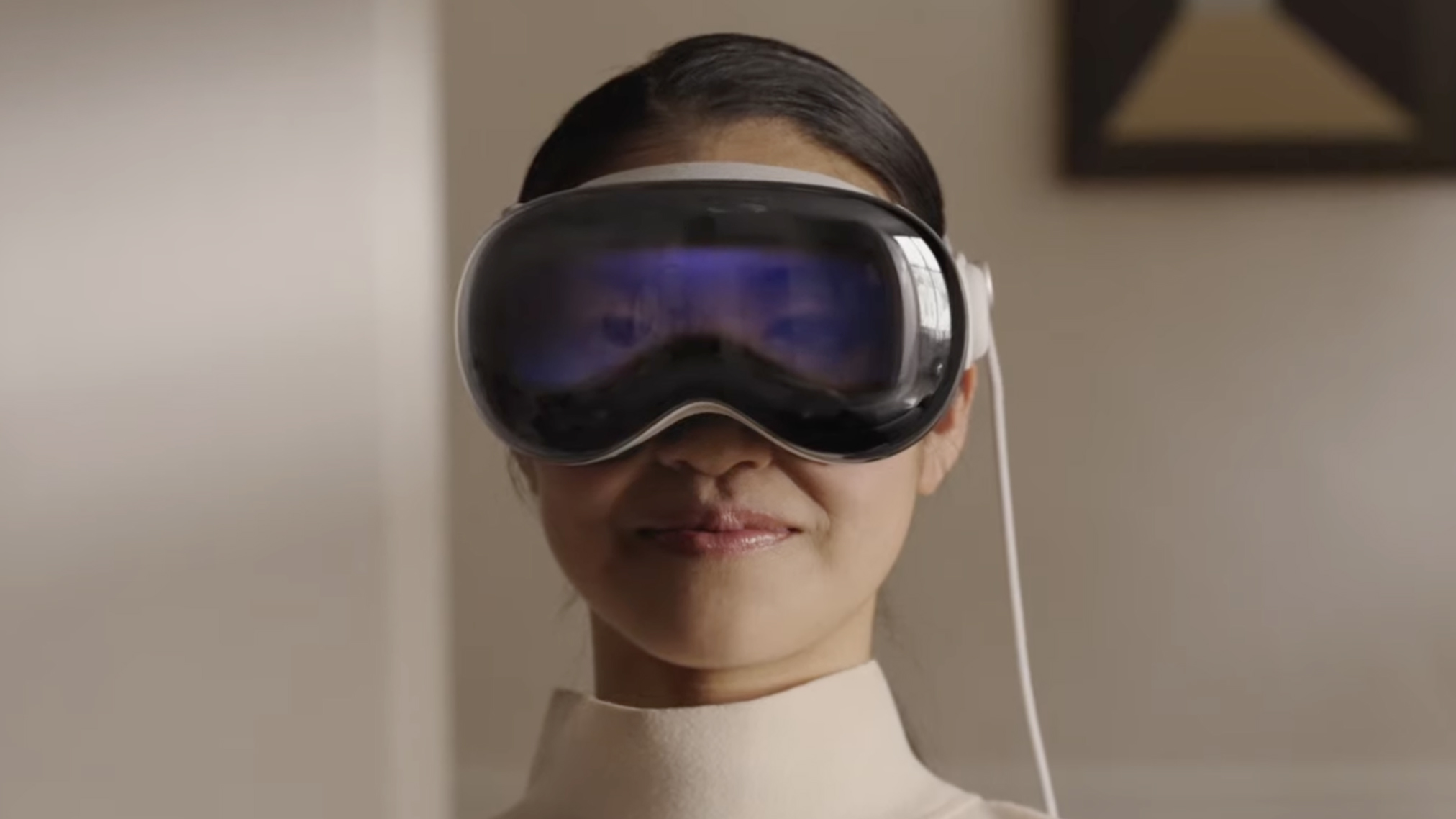
The Apple Vision Pro headset is finally here, after months of rumors – and the so-called "spatial computer" is Apple's bold play at defining the future of computing, TV and more.
The Vision Pro combines both AR and VR experience in one very expensive headset, letting you switch between the two using a Digital Crown on the side. While the Meta Quest Pro already lets you switch between VR and a limited form of AR, Apple's headset is a significant hardware upgrade in a few ways.
Firstly, it gives you a 4K display for each eye, plus a total of 12 cameras and five sensors. The Vision Pro, which as the rumors predicted looks like a pair of ski goggles, is also powered by the combined might of an Apple M2 plus a new chip called the R1.
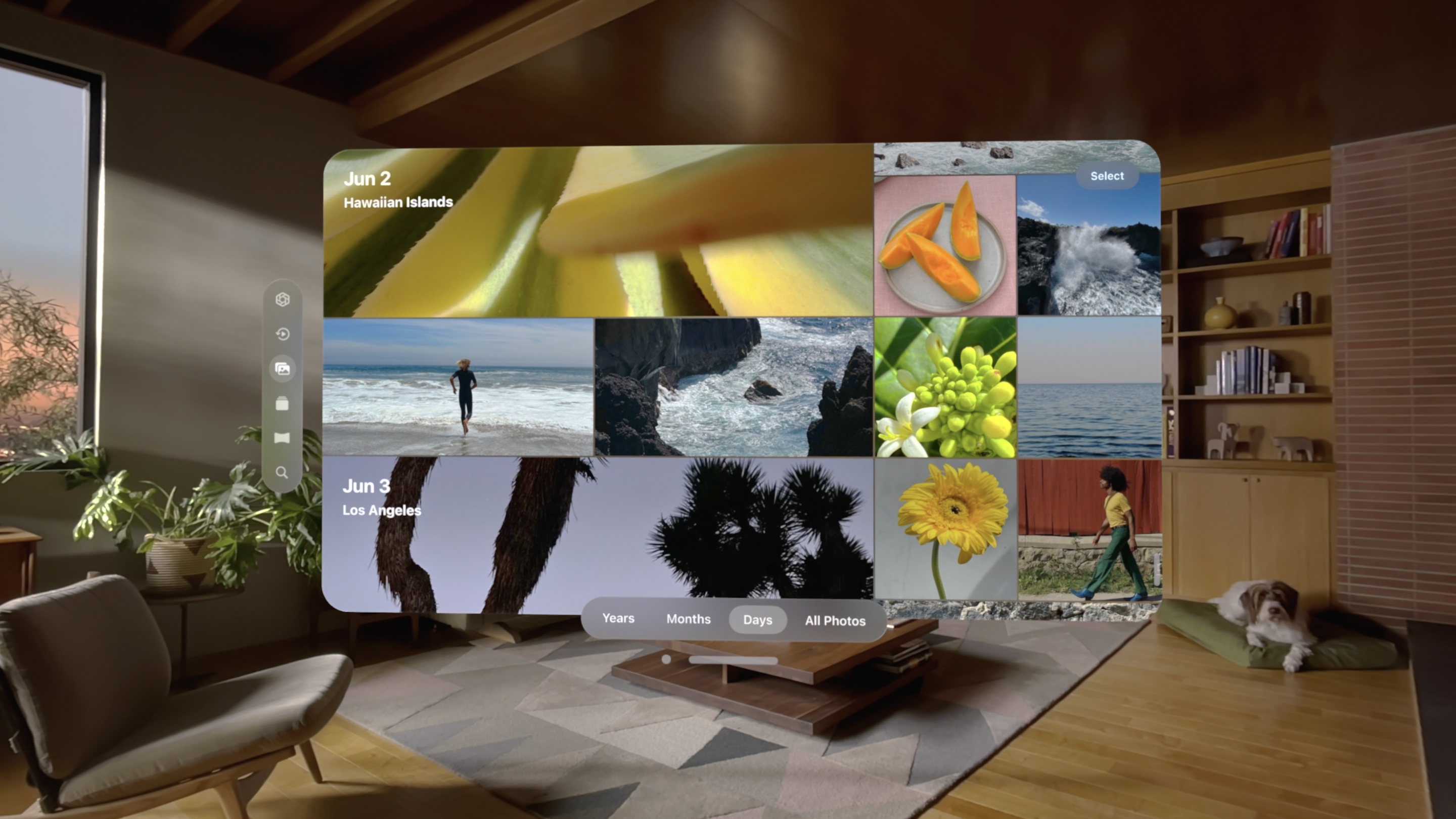
The other unique thing about the Vision Pro is its control system, which relies entirely on your eyes, hands and voice. Look through the headset and you'll see a new operating system called visionOS, which presents you with a familiar grid of app icons and was also apparently designed to support the low-latency requirements of an AR headset.
But what are the key things you need to know about the Apple Vision Pro? We've boiled down Apple's confetti gun blast of announcements about its new gadget – which its typically calls the "most advanced personal electronics device ever" – in this handy explainer.
Apple Vision Pro: 12 things you need to know
1. It'll cost $3,499 when it goes on sale in 2024
First, the bad news – the Apple Vision Pro will be even more expensive than the rumors predicted when it becomes available to buy "early next year" in the US.
Apple Vision Pro pricing will start at $3,499 (around £2,815 / AU$5,290) when it goes on sale at Apple Stores in the US, with "more countries coming later next year". In other words, this sci-fi gadget will remain effectively remain just that for most of us until well into 2024.
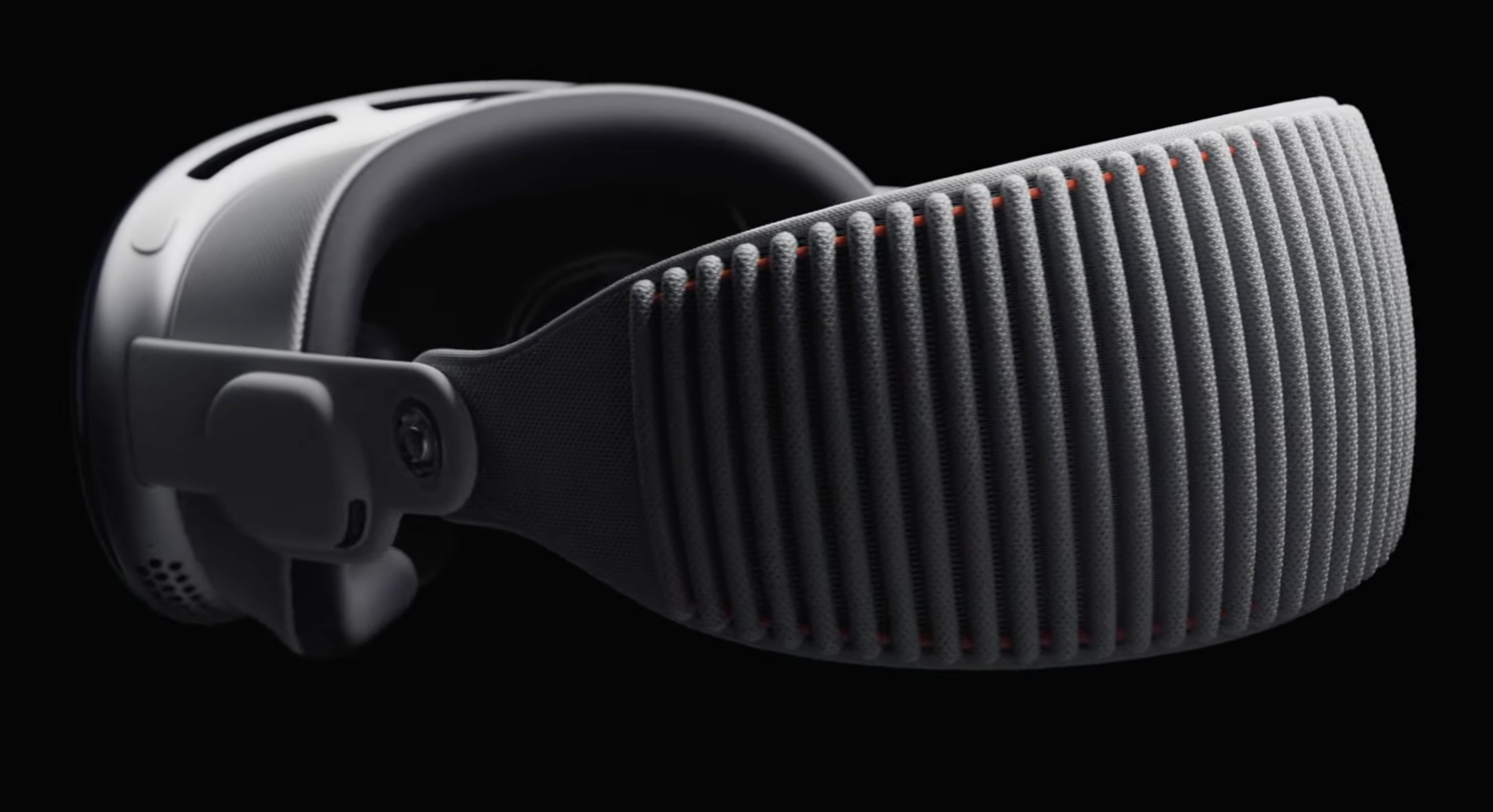
For those of us who are understandably not willing to stump up the price of over three Apple MacBook Air 13in laptops for a mixed-reality headset, Apple says we'll be able to test-drive the Vision Pro in Apple Stores next year. Though this will likely again be restricted to the US to start with.
In other words, if you want to try out the Apple Vision Pro within the next year and you don't live in the US, prepare to add the cost of a plane ticket to the bill.
2. It looks gawky, but it's packed with tech
Apple is somewhat prone to hyperbole, so you many eyes were rolled at its statement that the Vision Pro is "the most advanced personal electronics device ever". But when you break down what's inside, that claim could well be true – and at least partly explains that painful price tag.
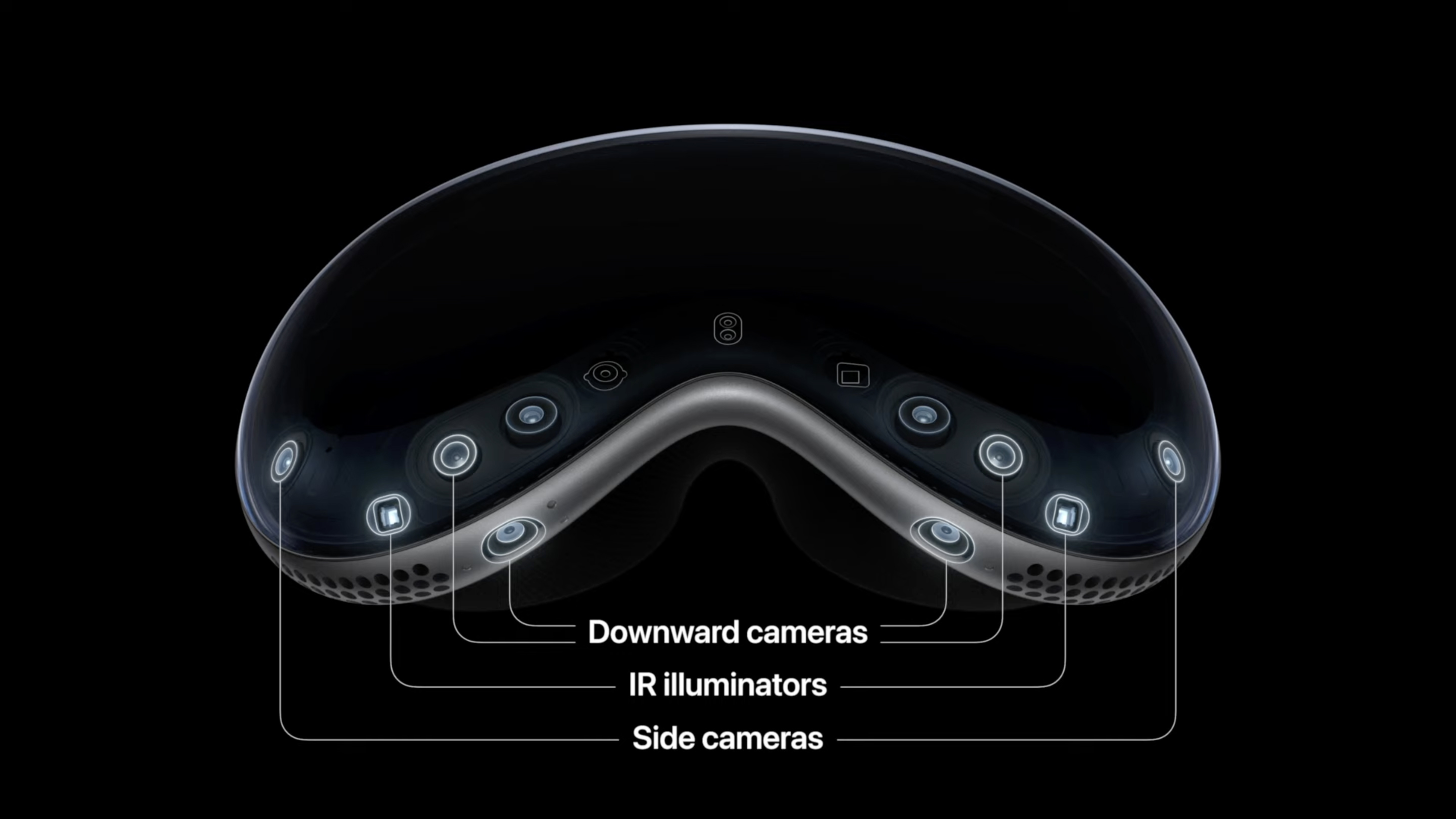
The Vision Pro effectively gives each of your eyes a 4K screen, with 23 million pixels spread across the two panels. In front of those are three-element lenses, while around the edge of the headset are 12 cameras tracks your hand and eye movements for the controller-free operation.
Naturally, the Vision Pro needs a fair bit of processing grunt to handle all of this data, so it combines the M2 chip found in Apple's latest laptops with a new R1 chip, which handles the real-time processing and promises to eliminate the lag that's dogged similar headsets and made them difficult to use for extended periods. We're looking forward to finding out if that's the case.
3. Glasses wearers are invited to the party
Strapping a computer to your face doesn't sounds like an ideal setup for those of us who wear glasses, but Apple says spectacle wearers will also be invited to its spatial computing party.
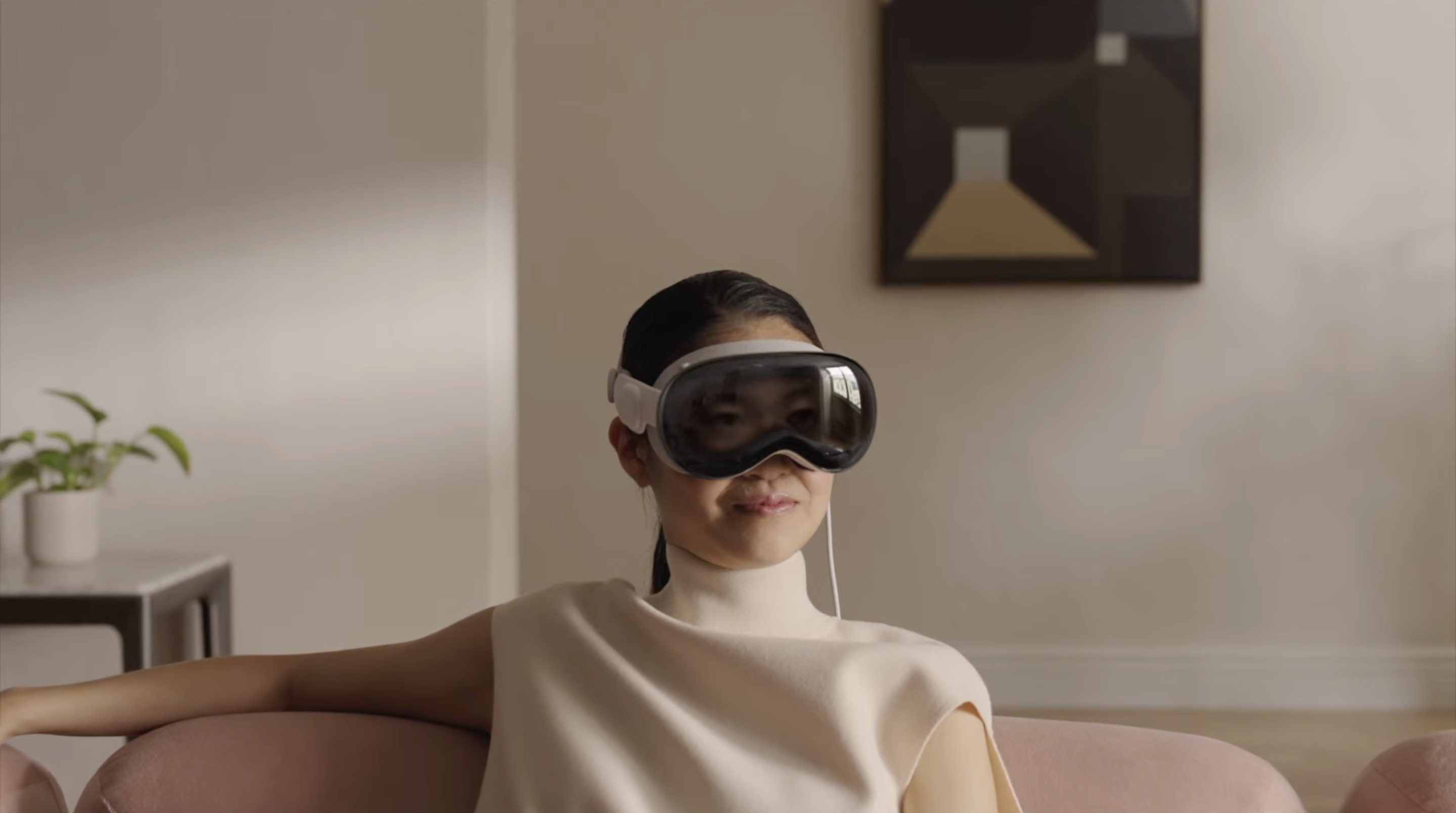
Apple says it's teamed up with lens giant Zeiss to make some custom optical inserts that magnetically attach to the Vision Pro's lenses. Exactly how these will work isn't clear, but Apple says they support a range of vision correction strengths without compromising the quality of the display or the headset's eye-tracking performance.
Even so, these lenses sound like they could be a pricey optional extra, so we'll be keeping a close eye on that when the full pricing is likely announced later this year.
4. You control it with your eyes, hands and voice
There are no controllers to lose or accidentally smash into your wall with the Vision Pro. It's controlled entirely with your eyes, hands and voice, and this was one of the main things we were looking forward to trying out. Does it really work as seamlessly as Apple is claiming? Our hands-on Apple Vision Pro review suggests it does.
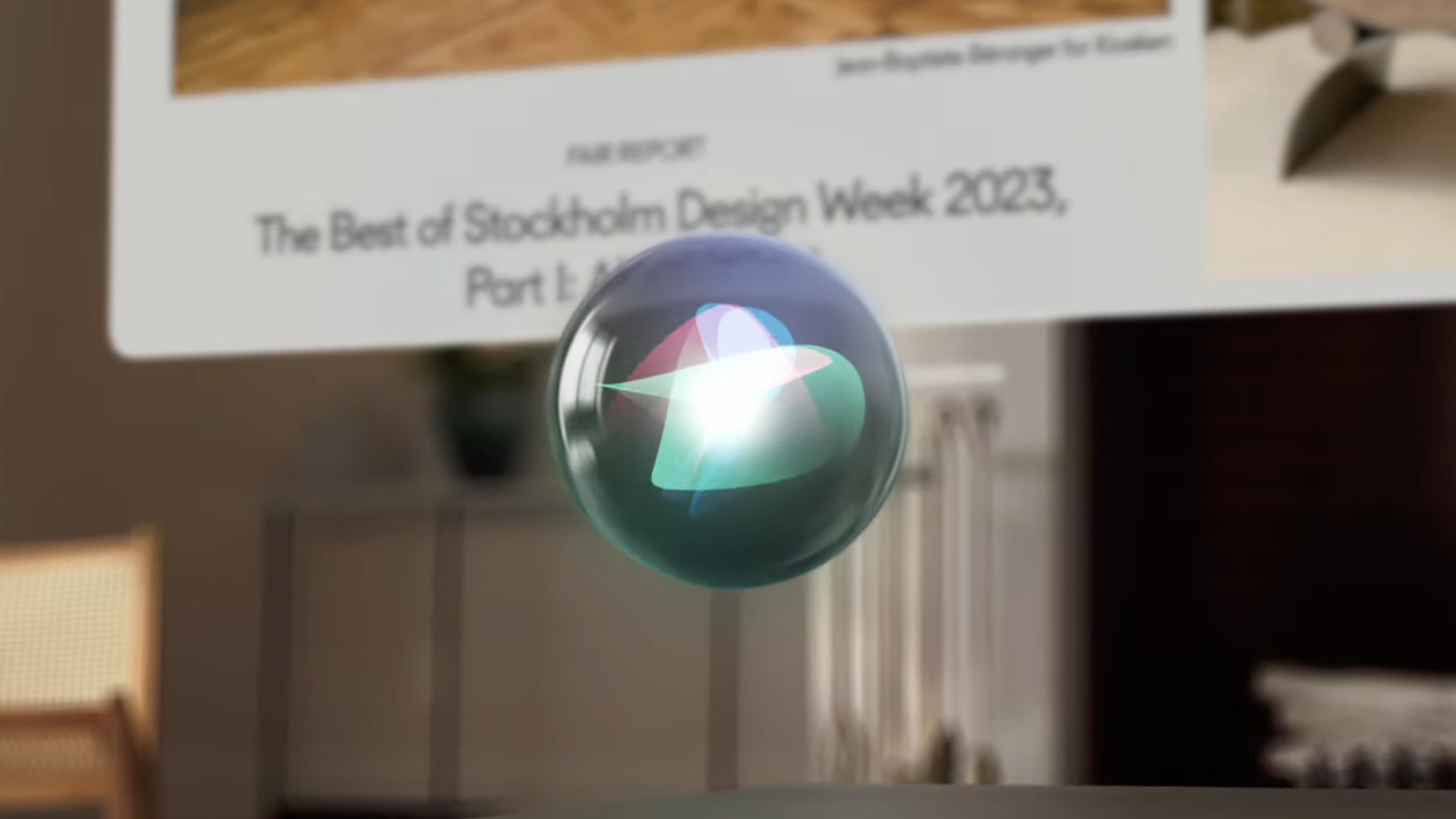
App icons in visionOS come to life when you look at them. Tap your fingers together and you can select options, or gently flick to scroll through lists. The tech giant says that the experience feels like "your mind is guiding the experience", in what could be the closest thing we've seen to a Minority Report interface.
We'll want to take this for more of an extended test drive than our 30-minute demo before we're fully convinced, and the idea of using Siri to control it doesn't fill us with optimism. But if a $3,499 Apple mixed-reality headset can't pull it off, then nothing can.
5. Yes, it displays your eyes to people around you
One of the most divisive features of the Vision Pro is what Apple calls EyeSight, which displays your eyes on the exterior of headset. For some, this strange and creepy touch that makes the spatial computer look like it's jumped straight out of Black Mirror. But for others it gives the Vision Pro a more human element means its wearer isn't completely locked away from social connection.
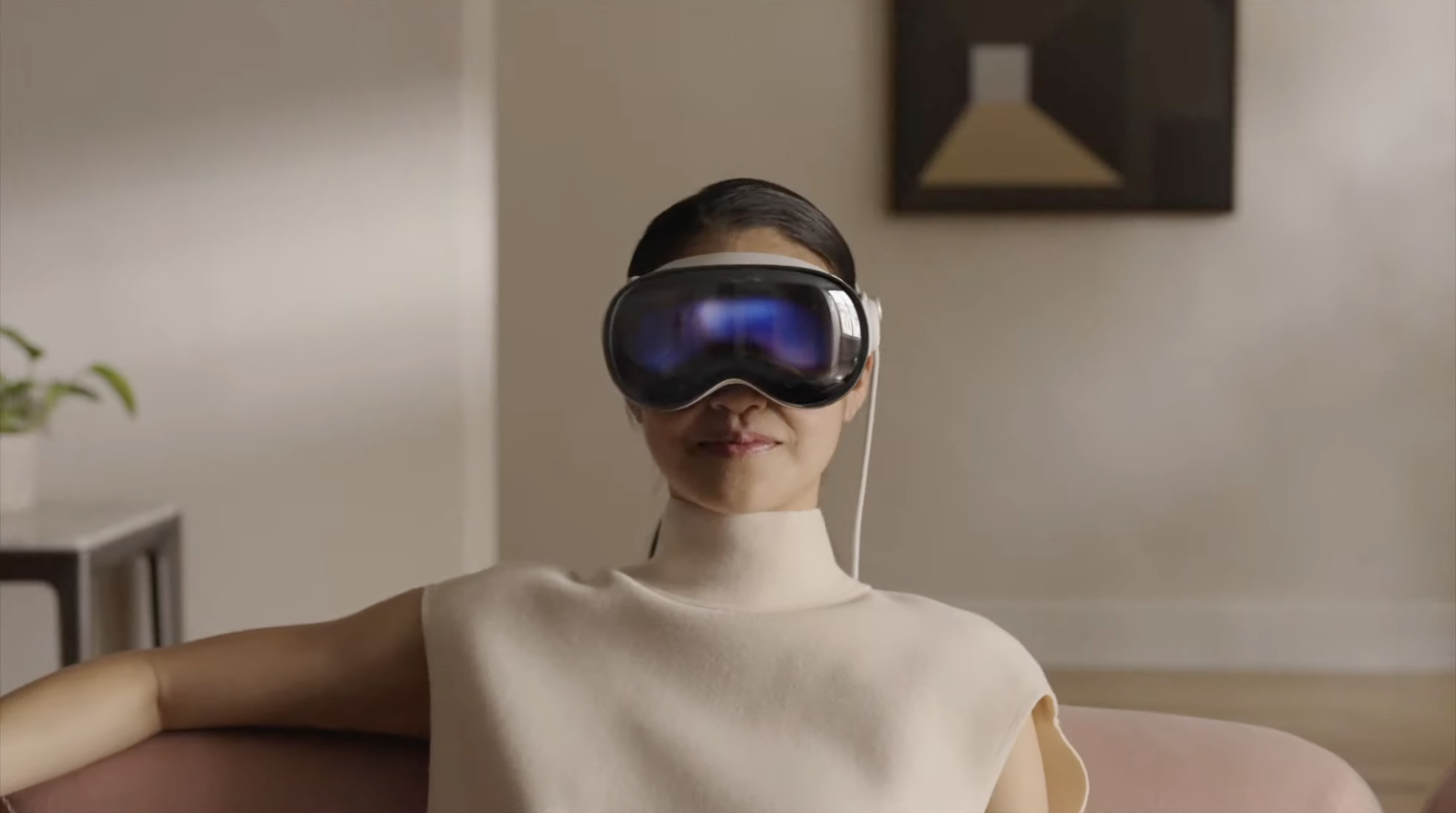
EyeSight changes depending on what you're looking at, going cloudy when you're in a VR experience to give others a signal that you can't see them. But when someone else is nearby, they'll also appear in your view with EyeSight simultaneously showing your eyes to them.
While it's an interesting solution to the classic VR headset conundrum, there's no doubt that seeing someone's digital eyes on the outside of some goggles will take some getting used to.
6. It has lots of familiar apps – including FaceTime
What can you actually do with the Apple Vision Pro? Apple's early demos contained a ton of possibly use cases, if no single definitive one that makes it a $3,499 essential in the same way as a high-end MacBook. Still, some of them are definitely exciting next-gen prospects.
Apple clearly thinks the Vision Pro is a device for both work and fun. For the former, there are AR versions of Safari, Notes, Messages, Keynote and lots of other stock favorites. You can fling apps around across your virtual space and turn your head to switch from web browsing to Freeform brainstorms.
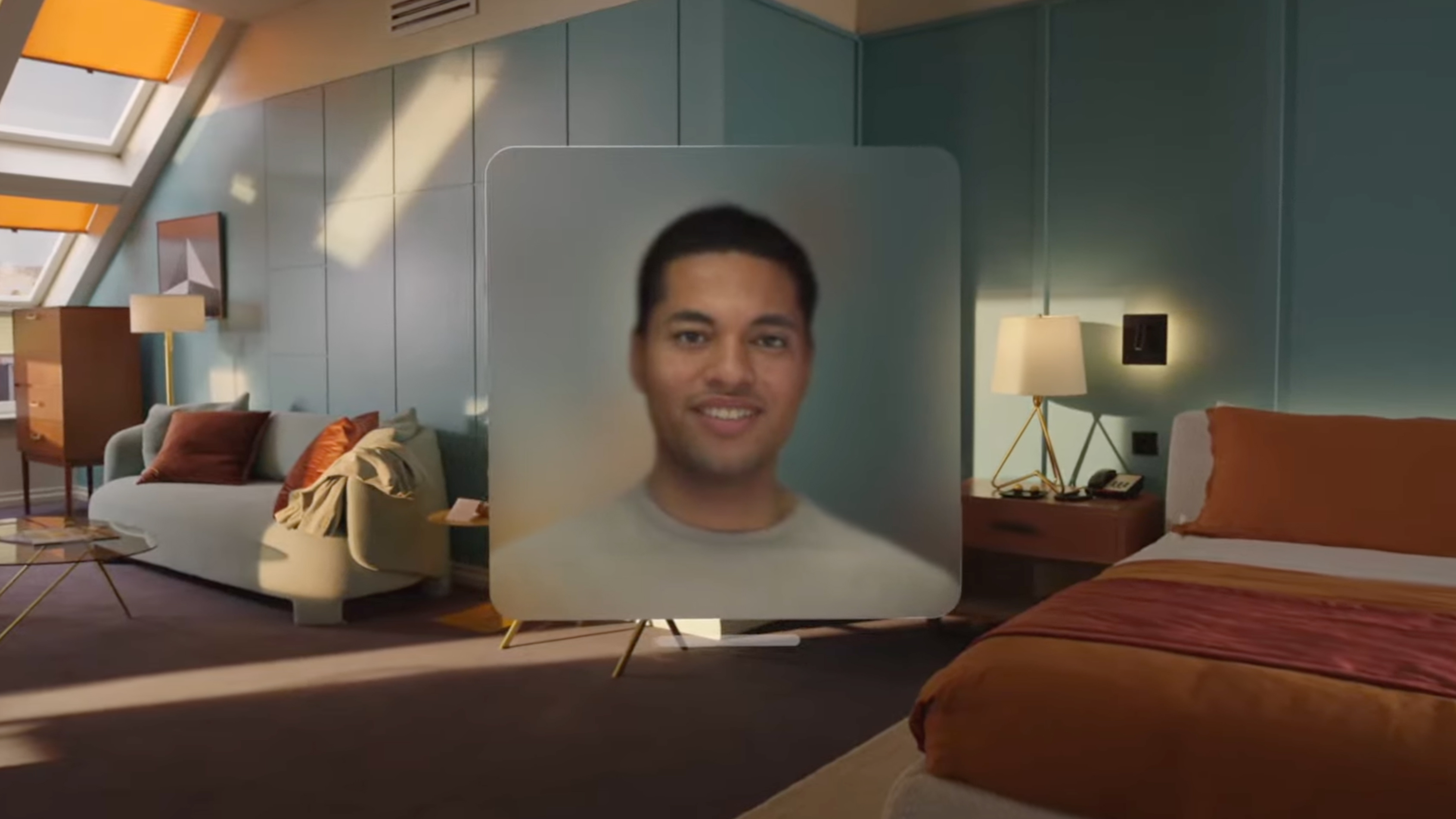

Apple says these aren't restricted to 2D either – you can apparently receive 3D objects in Messages, pull them out and look at them from every angle. For typing, there's a virtual keyboard or dictation, while the Vision Pro will also work with standard Bluetooth accessories like Magic Trackpad and Magic Keyboard.
The headset also offers an intriguing FaceTime experience. Rather than showing you wearing a headset, you use the front sensors to scan your face and create a 'digital persona' (effectively a photo-real avatar), which has some potential for uncanny valley.
Still, if you're FaceTiming someone else wearing a headset, this 'persona' will apparently have a "volume and depth not possible in traditional video". We weren't completely convinced by this in our hands-on demo, calling it our "least favorite part of the experience", but Apple has time to refine it.
7. It has a separate battery pack – or can be plugged in
One of the biggest hurdles Apple has had to overcome with the Vision Pro is battery life – and there's clearly room for improvement here.
It has a separate battery pack, which looks small, if a little clunky and awkward. Use this and you'll apparently get about two hours of use before needing to give it a recharge. Apple says it went for this setup so you don't have to wear the extra weight on your head.
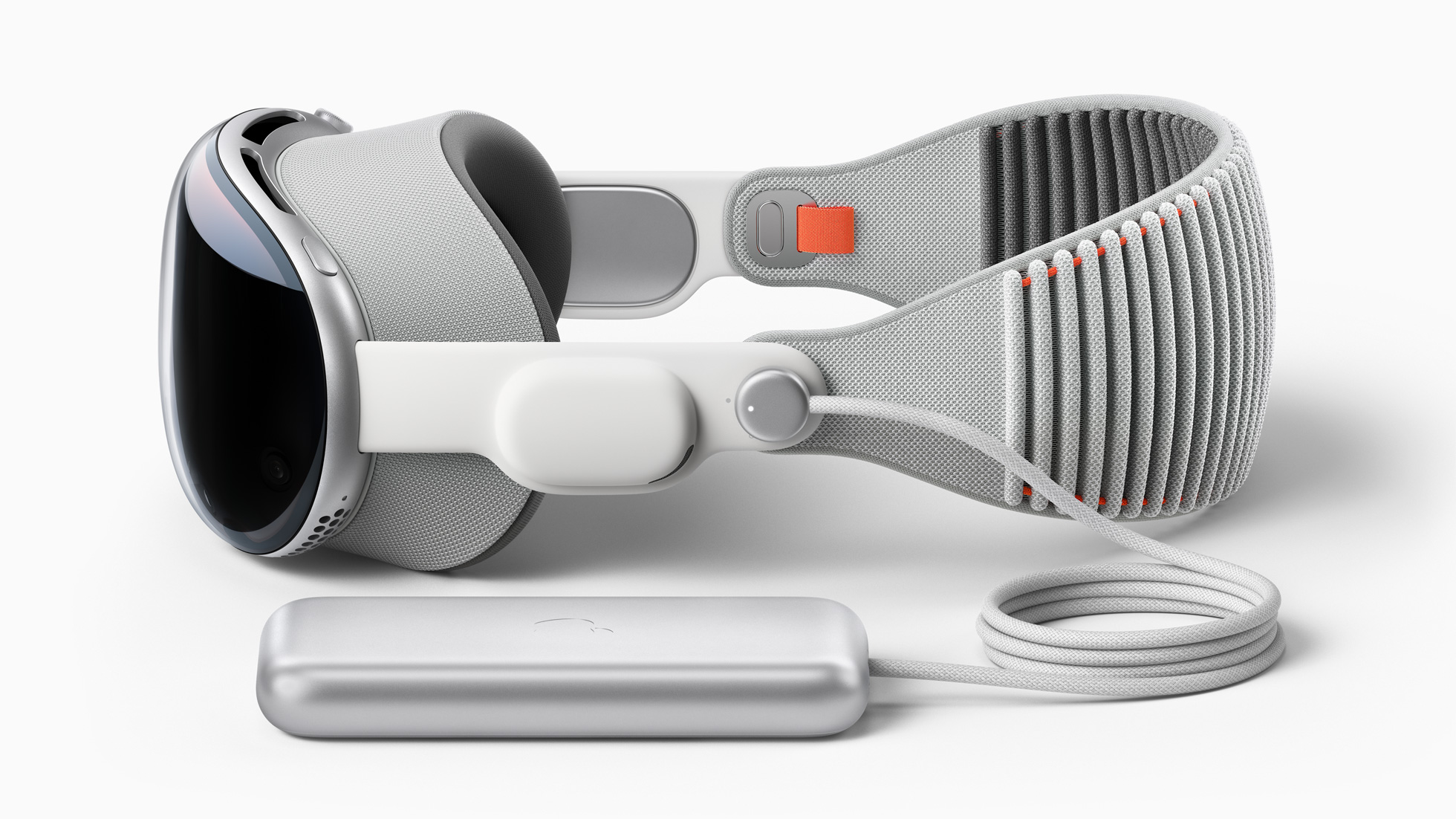
Still, at home you'll also apparently be able to get "all-day use" when the Vision Pro is plugged in. Whether you'll want to wear it for a full day is another matter, but at least there's the option.
8. It's also Apple's first 3D camera
An unexpected use case for the Vision Pro is as a camera, with Apple calling the mixed-reality headset its "first 3D camera". That's because you can use it to capture spatial photos and videos, which Apple reckons are impossible to appreciate on our pathetic 2D screens.
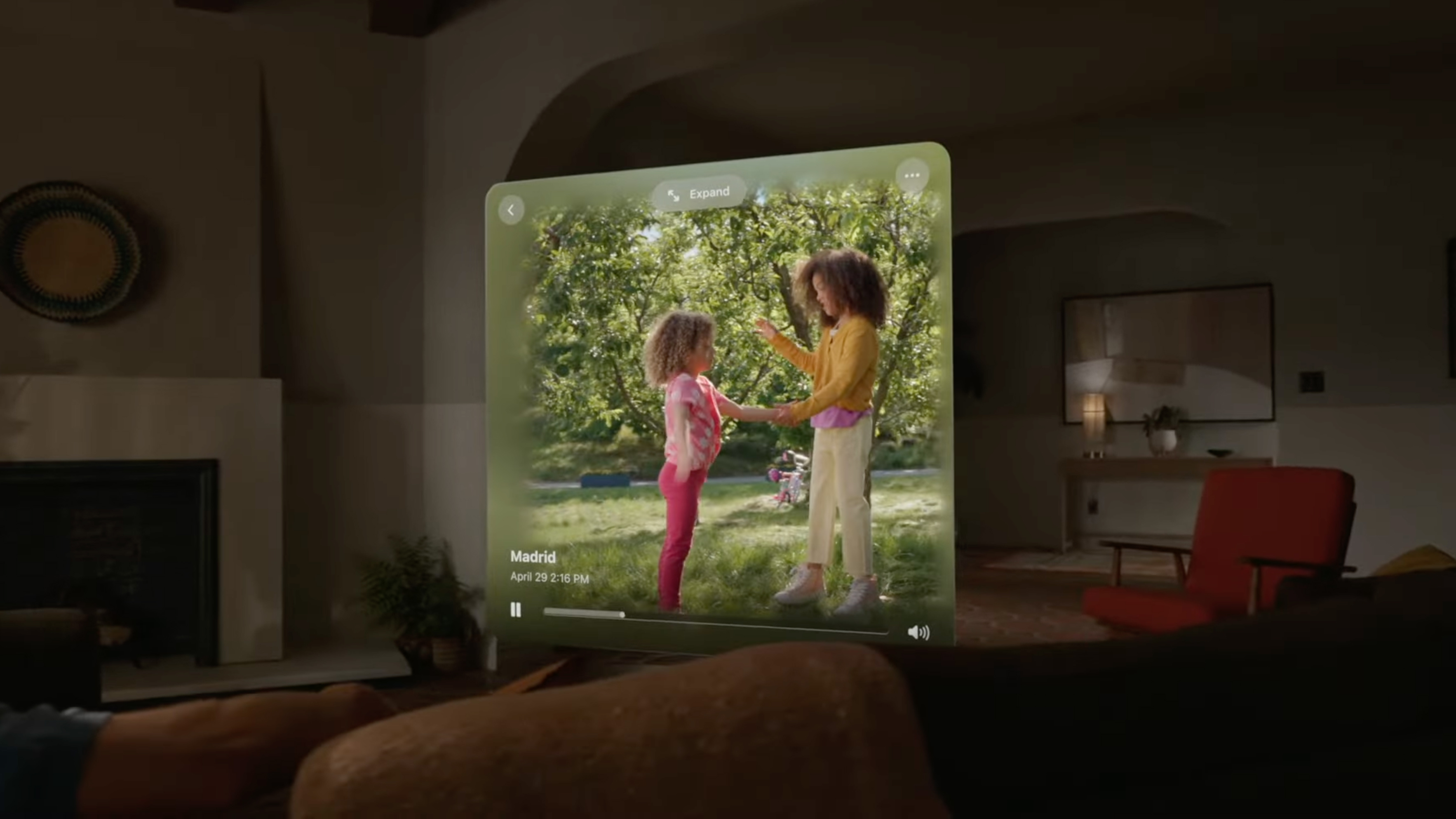
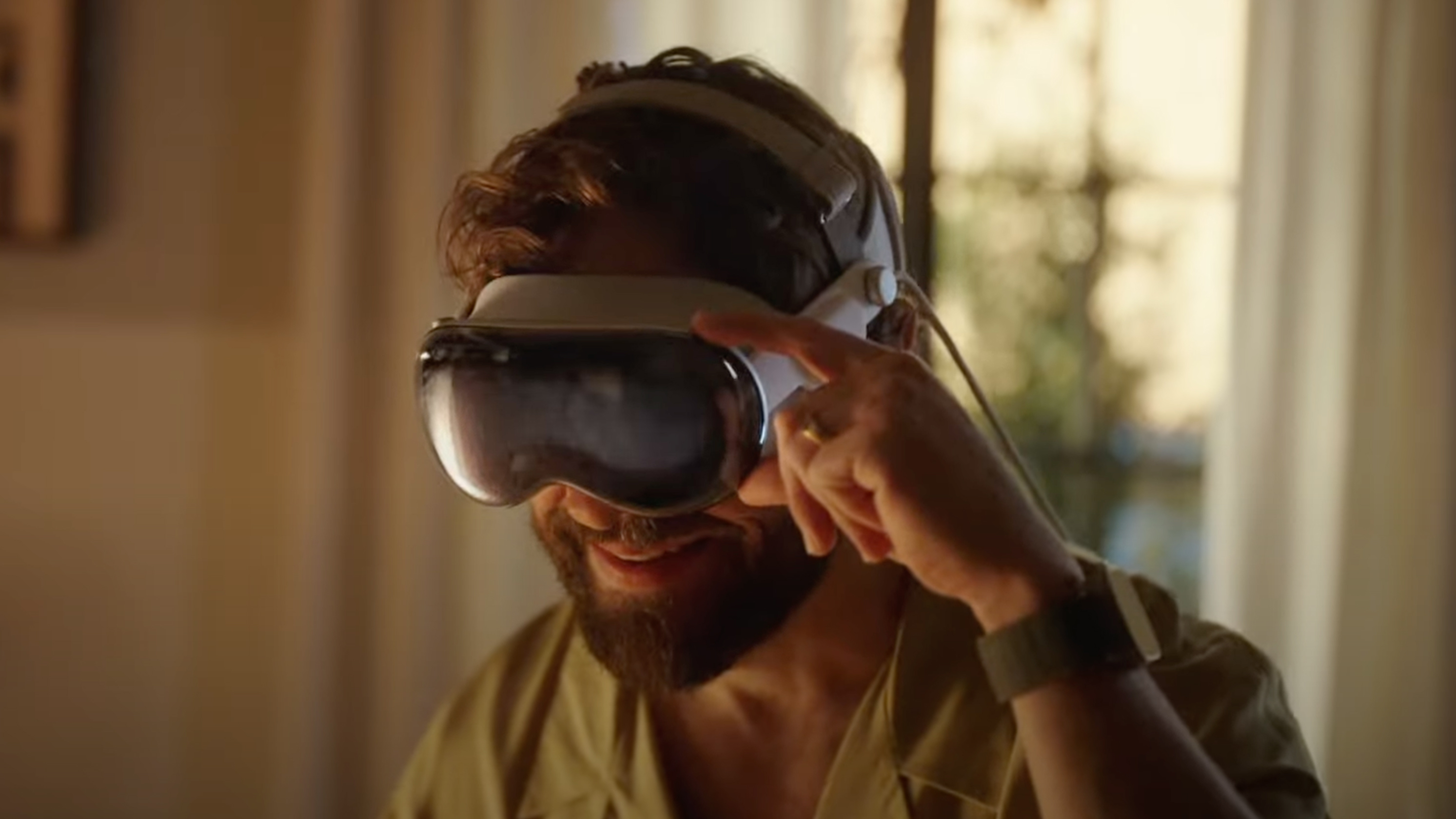
There's actually a shutter button on the top of the Vision Pro, which lets you take one of these multi-dimensional memories – shoot a video and it'll get matching spatial audio, too.
In other words, you'll need an Apple headset to fully appreciate peering into the resulting capture, though it could hint at some future powers for the next iPhone cameras. Because it's also certainly one of the weirdest cameras we've seen.
9. It can double as a huge monitor for your Mac
As we've seen with similar concepts like the Sightful Spacetop, one of the big benefits of AR headsets is that they can give you a massive virtual monitor (or several of them) for your existing laptop – and that's also the case with the Vision Pro.
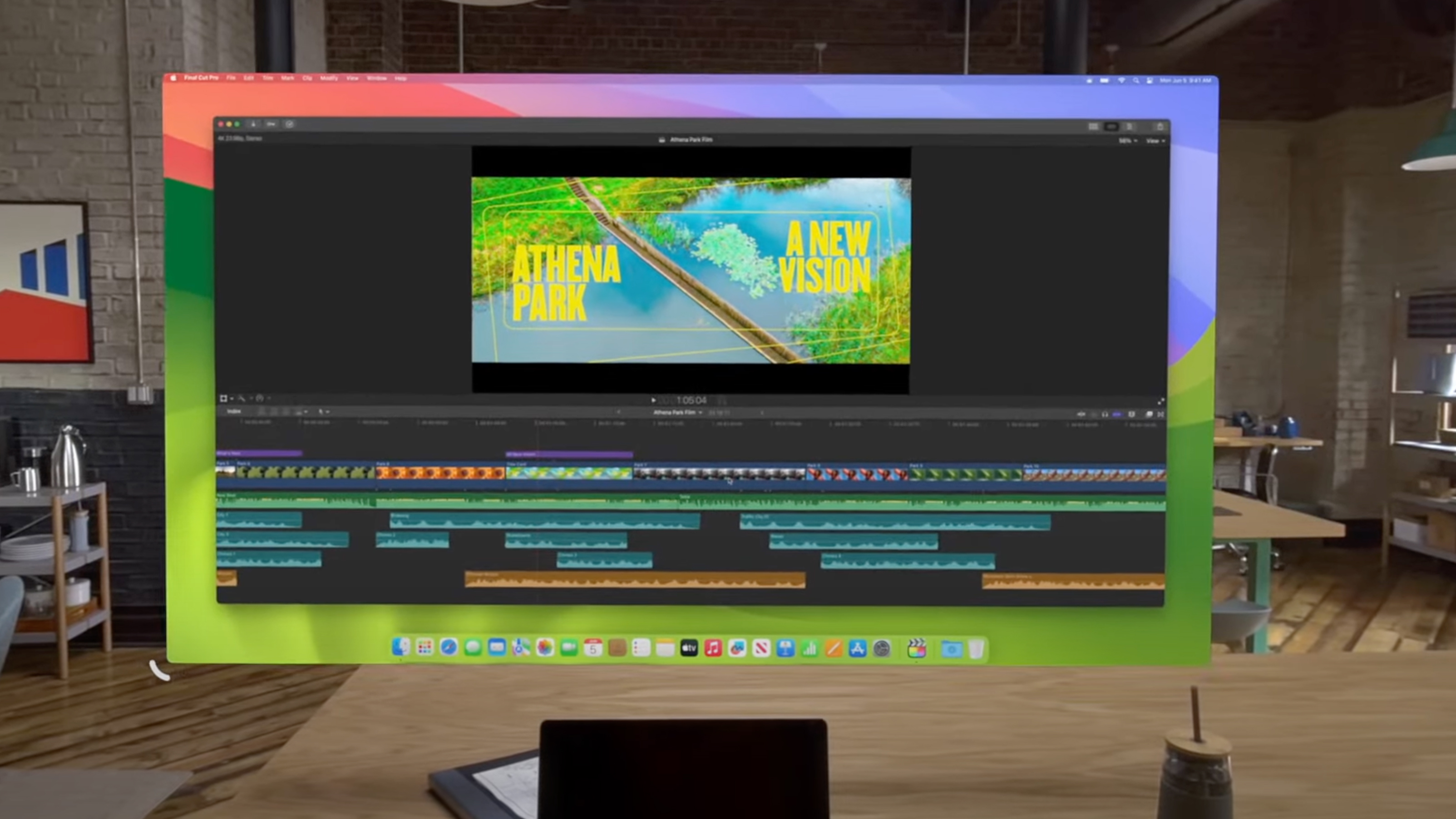
Apple says you can wirelessly bring your MacBook into the headset just by looking at your laptop. Doing this will make a 4K display hover above your laptop.
Expanding the screen is just a case of pulling on the virtual display's corners, which is pretty handy if you're on the move and don't fancy lugging a Studio Display with you, and it'll also work with accessories like the Apple Magic Keyboard. When you put it like that, $3,499 dollars is a steal.
10. The Vision Pro could replace your TV
Okay, that might not go down too well with your partner or roommates, but TV is definitely one of the best use cases for Apple's new headset. You can have a 100-foot display hovering in the middle of your living room, complete with spatial audio, which looks like a a pretty incredible solo viewing experience (and certainly beats those tiny airplane screens).

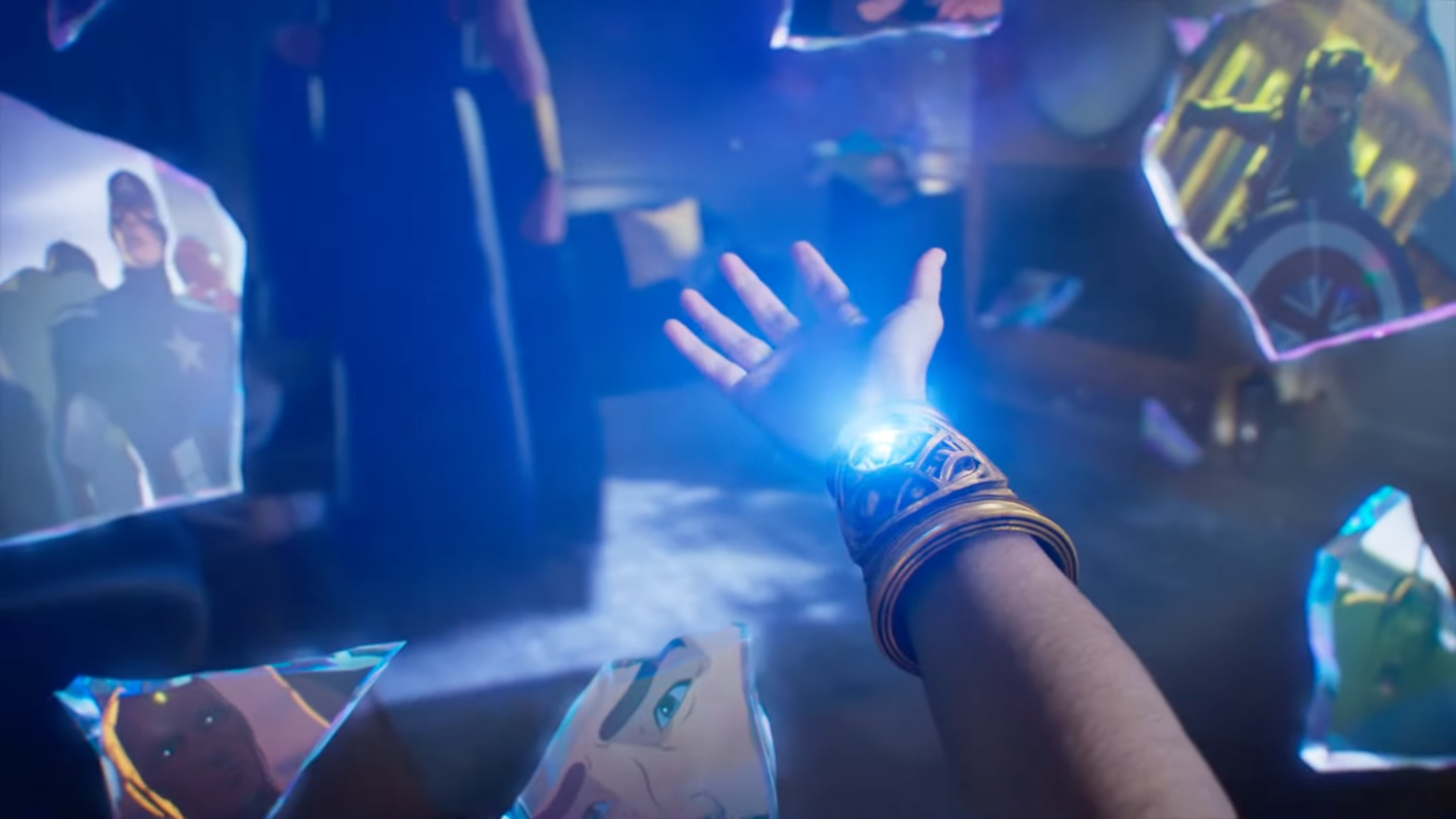
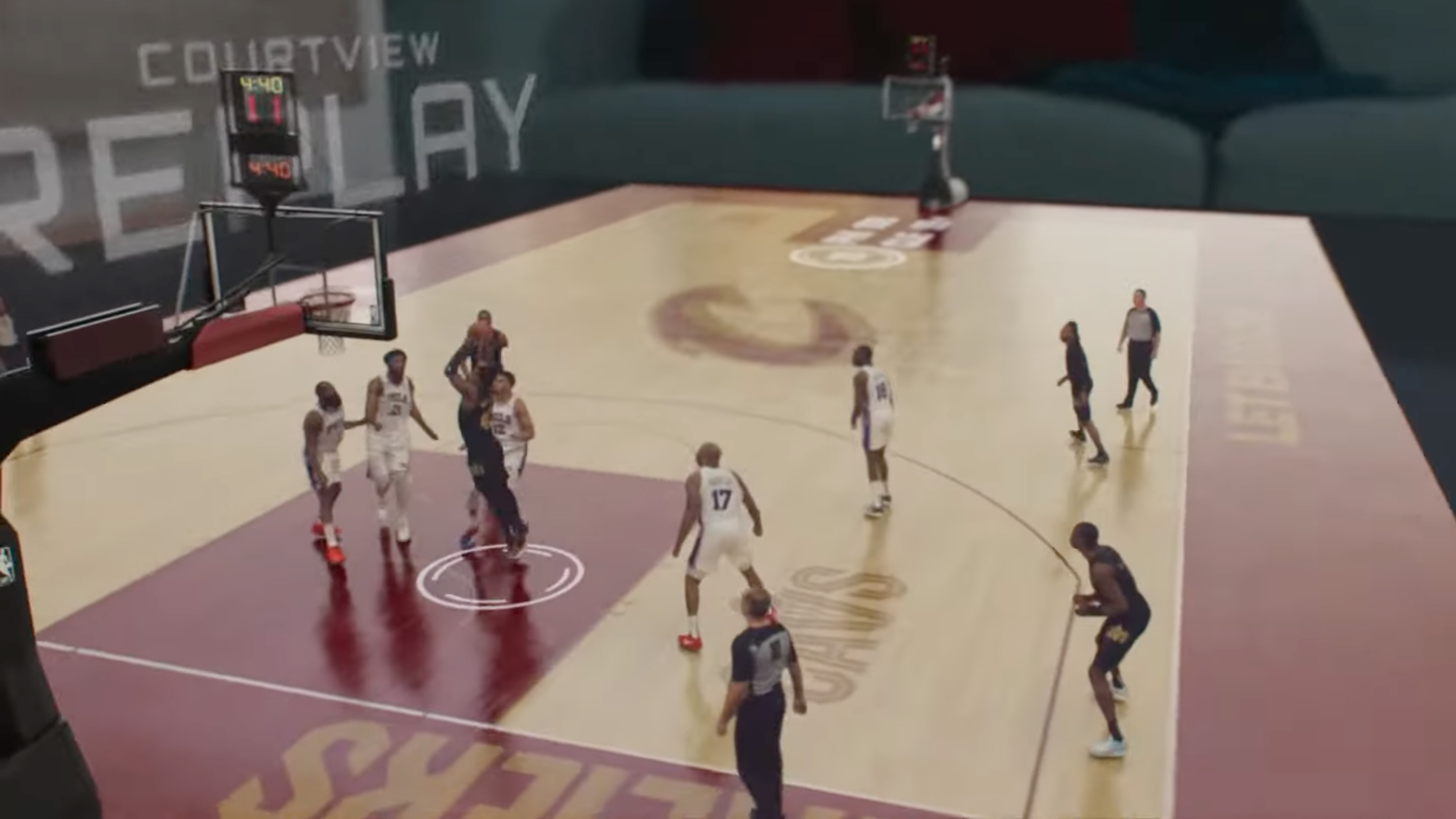
There's potential for new kinds of experiences here, too. Apple is promising 3D movies, along with over 100 Apple Arcade games available from day one. It also invited Disney to show off some new some pretty exciting Vision Pro ideas, including ones for National Geographic, watching sports and turning you into a Marvel superhero. Disney Plus will also be available on the headset at launch.
11. Its Digital Crown lets you turn reality on and off
We first saw the Digital Crown on the Apple Watch back in 2015 and now the little dial has reappeared on the Vision Pro – only this time it does something slightly different.

Rather than letting your cycle through menus, on Apple's headset the crown both pulls up the 'home' view (the familiar grid of app icons) and also rotates to control how immersed you are in a digital world.
12. The Vision Pro has a modular, adjustable design
If we're going to start strapping computers to our faces, they better be comfortable – and fortunately Apple seems to have put a lot of effort into making sure the Vision Pro has a snug fit, whatever your face shape.
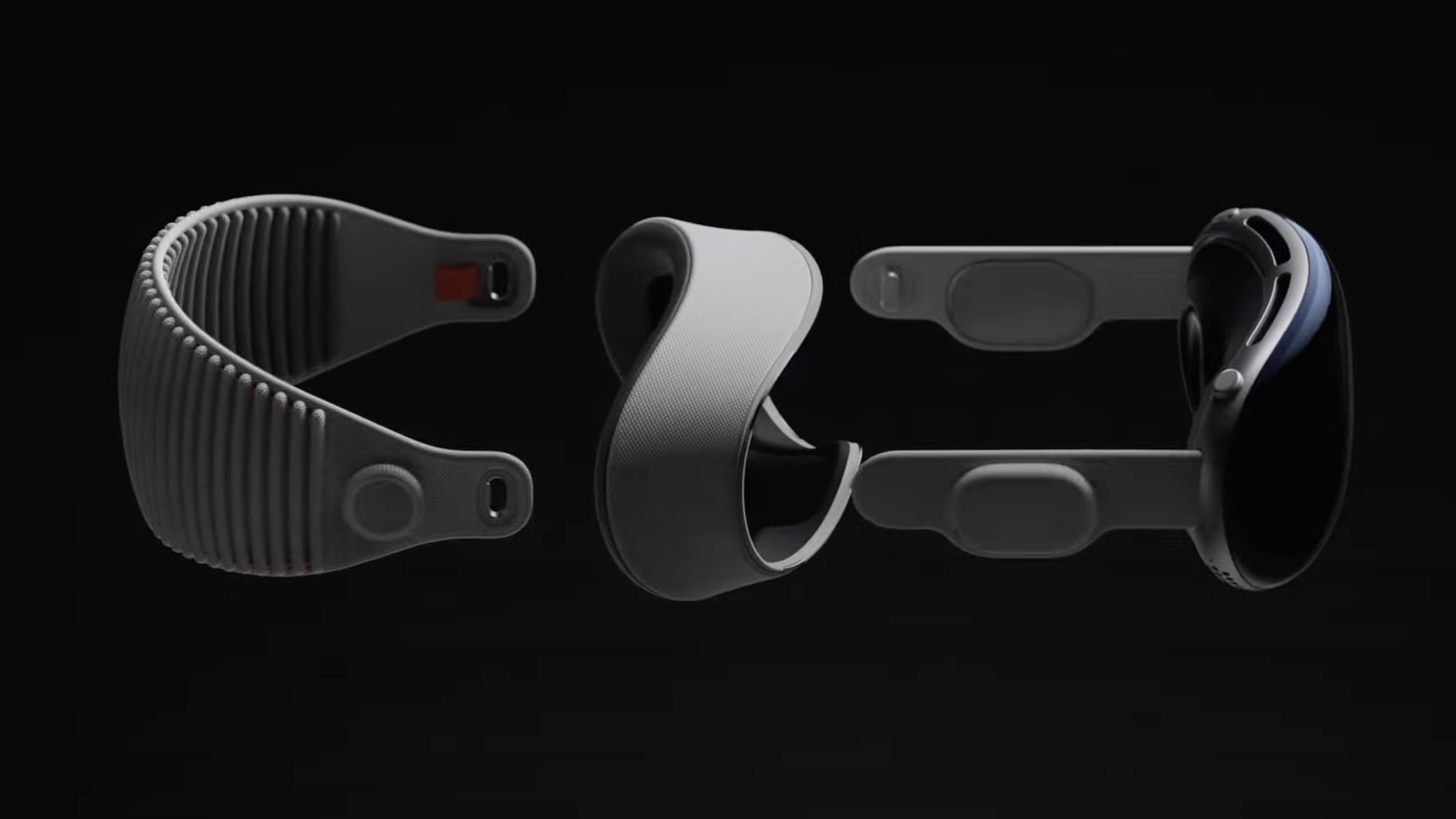
Rather disturbingly, Apple says its "studied thousands of heads" in order to get the full spectrum of head shapes, which led to a modular design that can apparently be tailored exactly to your particular face.
The Vision Pro's light seal apparently comes in a range of shapes and sizes (as does the headband), while flexible straps keep the audio pods close to your ears for good spatial audio. So while you might look ridiculous wearing Apple's headset, the level of comfort it offers means you probably won't care.







